We often think of landscapes as eternal, unchanging backdrops to our adventures. But our world’s most spectacular vistas are changing faster than ever before, shaped by climate change, human development, and natural processes that transform these wonders right before our eyes. Some of these otherworldly places might be unrecognizable within our lifetimes, while others could disappear entirely.
From rainbow-colored mountains to ancient ice formations, these 20 extraordinary landscapes remind us that our planet’s most magical places aren’t guaranteed to last forever. Each destination offers a unique window into Earth’s remarkable diversity and the urgent need to protect these natural wonders for future generations.
The Rainbow Mountains of Peru
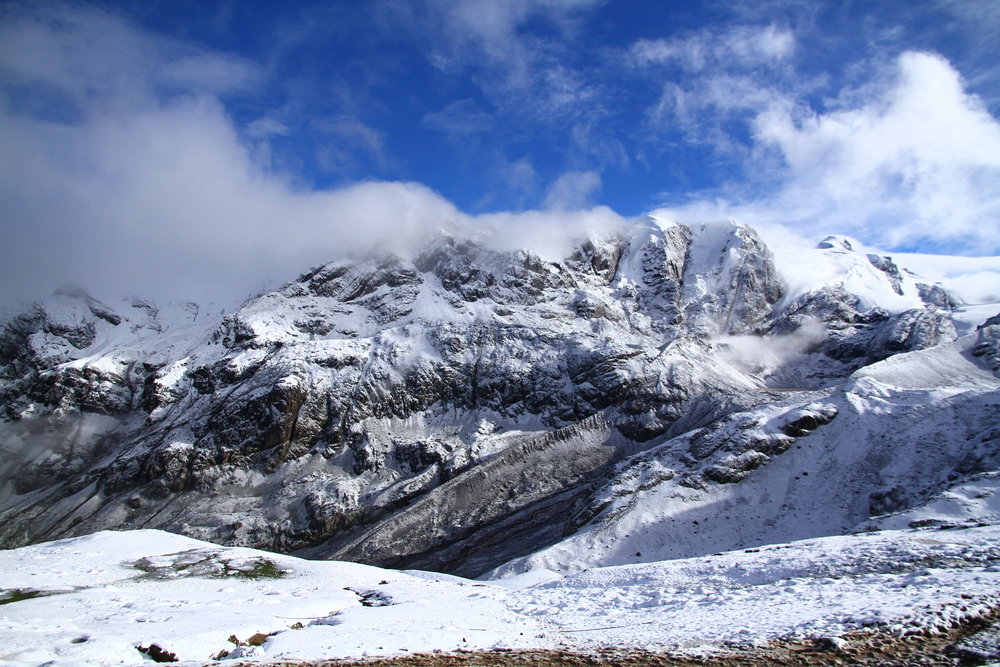
Vinicunca, also known as Rainbow Mountain, reveals bands of color painted across its slopes like a natural watercolor masterpiece. These stunning stripes of red, yellow, and turquoise were created by different mineral deposits over millions of years, only to be exposed recently by melting glacier ice.
Local guides share stories of how these mountains were considered sacred by their ancestors, though they remained hidden under snow until 2015. Rising temperatures continue to expose more of the colorful rock while simultaneously threatening the delicate mineral patterns through erosion and increased tourism.
The Salar de Uyuni Mirror World
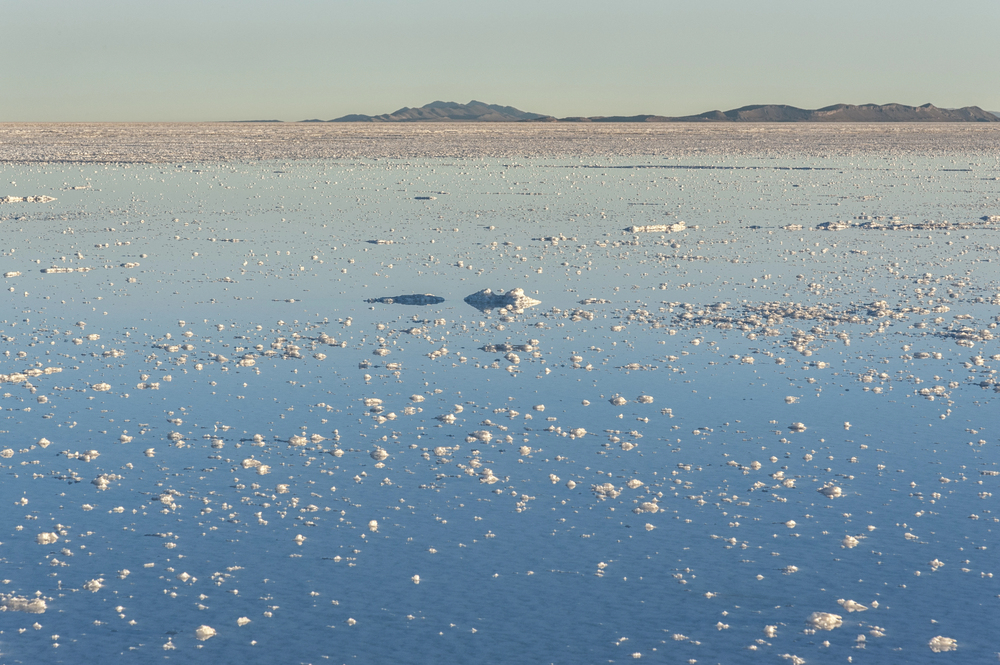
During the rainy season, Bolivia’s massive salt flat transforms into the world’s largest mirror, creating an otherworldly landscape where sky and earth become indistinguishable. This natural wonder spans over 4,000 square miles, containing more than half of the world’s lithium reserves beneath its crystalline surface.
Traditional salt collectors still harvest this ancient lake bed using methods passed down through generations, though increasing lithium mining operations threaten to alter this pristine landscape forever. The delicate balance of water and minerals that creates the mirror effect faces mounting pressure from climate change and resource extraction.
Like Travel Pug’s content? Follow us on MSN.
The Disappearing Ice Caves of Iceland
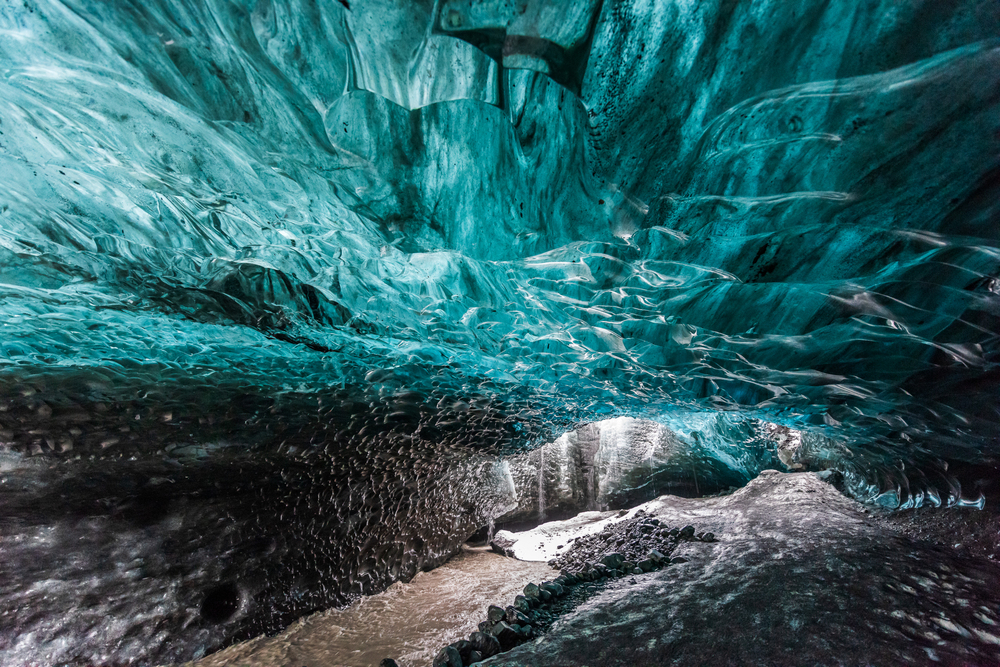
Beneath Vatnajökull, Europe’s largest glacier, natural ice caves form and reshape themselves each winter, creating ethereal blue chambers that seem to glow from within. These caves are formed by summer meltwater carving through the glacier, creating new passages each year while old ones collapse or melt away.
Local guides report that the caves are becoming less stable and forming later in the season as warming temperatures accelerate the glacier’s retreat. Scientists predict that Iceland could lose most of its ice caves within decades as global temperatures continue to rise.
The Chocolate Hills of Bohol
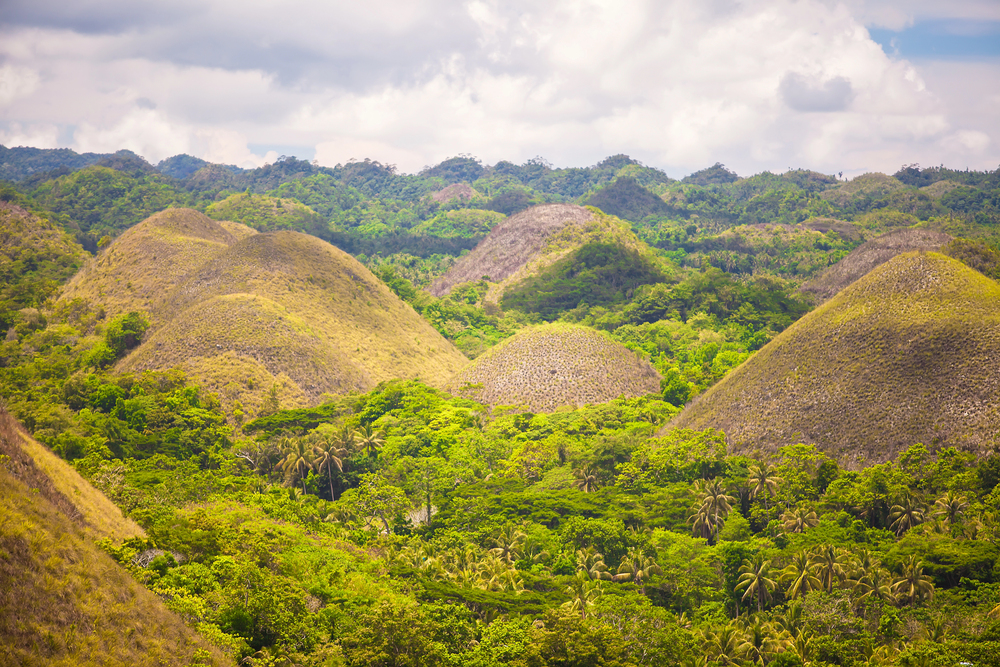
More than 1,200 perfectly cone-shaped hills rise from the Philippine landscape, covered in grass that turns chocolate brown during the dry season. These mysterious formations have sparked numerous legends among local communities, though geologists believe they were shaped by ancient coral reefs and centuries of erosion.
Recent earthquakes have damaged some of the iconic hills while changing weather patterns affect the timing and intensity of their color transformation. Increasing tourism infrastructure threatens to alter the untouched appearance of this unique landscape.
The Moving Rocks of Death Valley
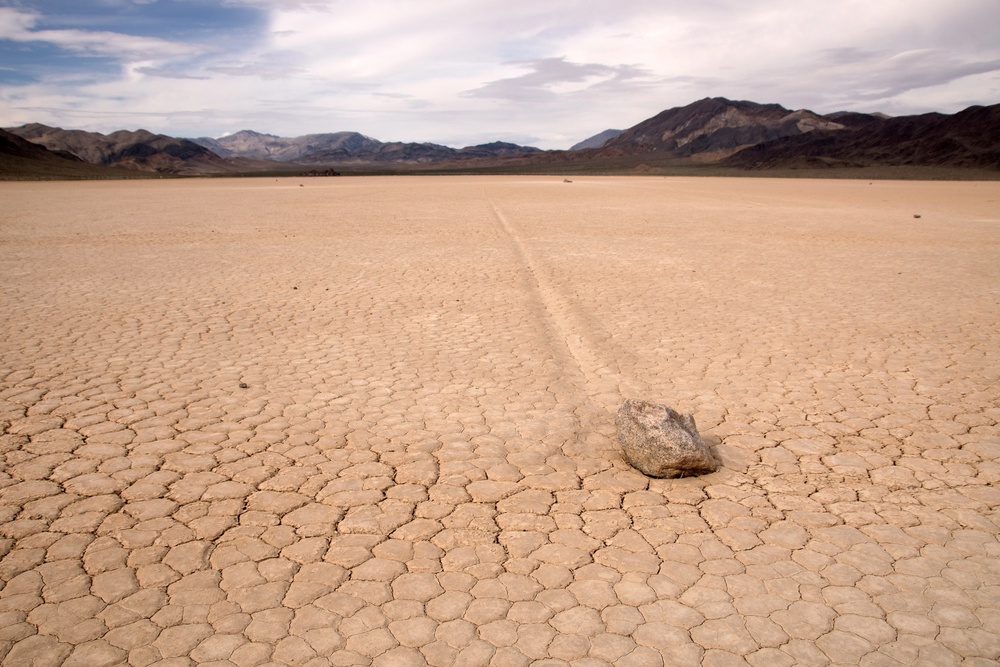
The Racetrack Playa in Death Valley showcases one of nature’s most puzzling phenomena – heavy rocks that seem to move across the desert floor on their own, leaving long trails behind them. Scientists finally solved this mystery in 2014, discovering that thin sheets of ice, wind, and precise weather conditions create this eerie movement.
Changing precipitation patterns and rising temperatures threaten the delicate conditions needed for this rare phenomenon to occur. Unauthorized vehicle tracks and vandalism also endanger the pristine playa surface required for rock movement.
Like Travel Pug’s content? Follow us on MSN.
The Crystal Cave of Giants
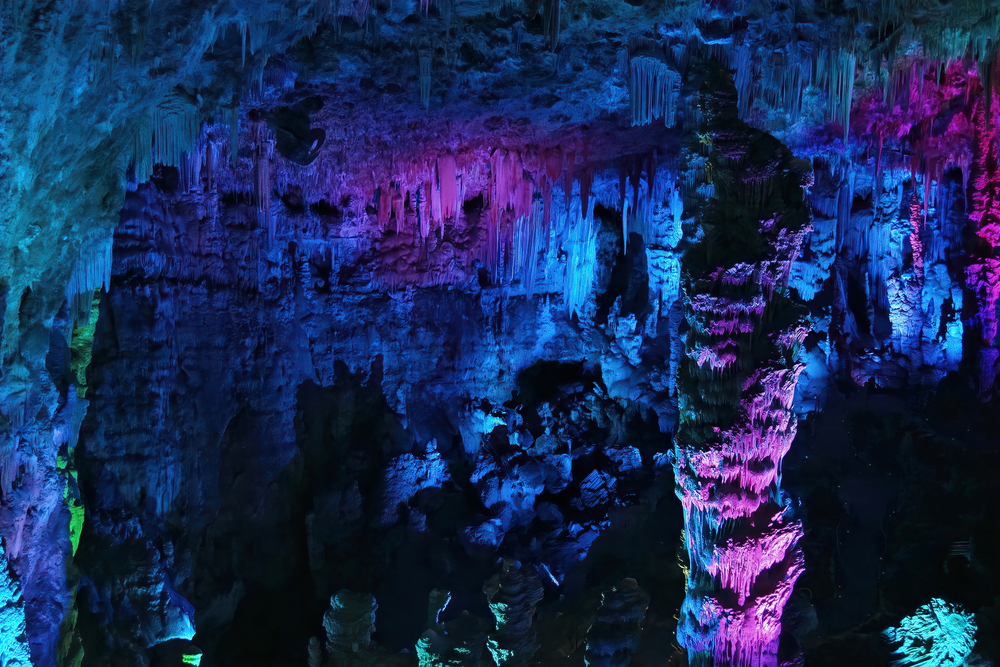
Deep beneath Mexico’s Chihuahuan Desert lies a cave filled with massive selenite crystals, some reaching lengths of over 36 feet. These spectacular formations grew over half a million years in mineral-rich water at precise temperatures.
The cave’s discovery during mining operations led to difficult decisions about preservation versus resource extraction. Scientists warn that changes in groundwater levels and temperature could affect crystal formation and preservation, while mining activities in surrounding areas pose ongoing threats.
The Living Root Bridges
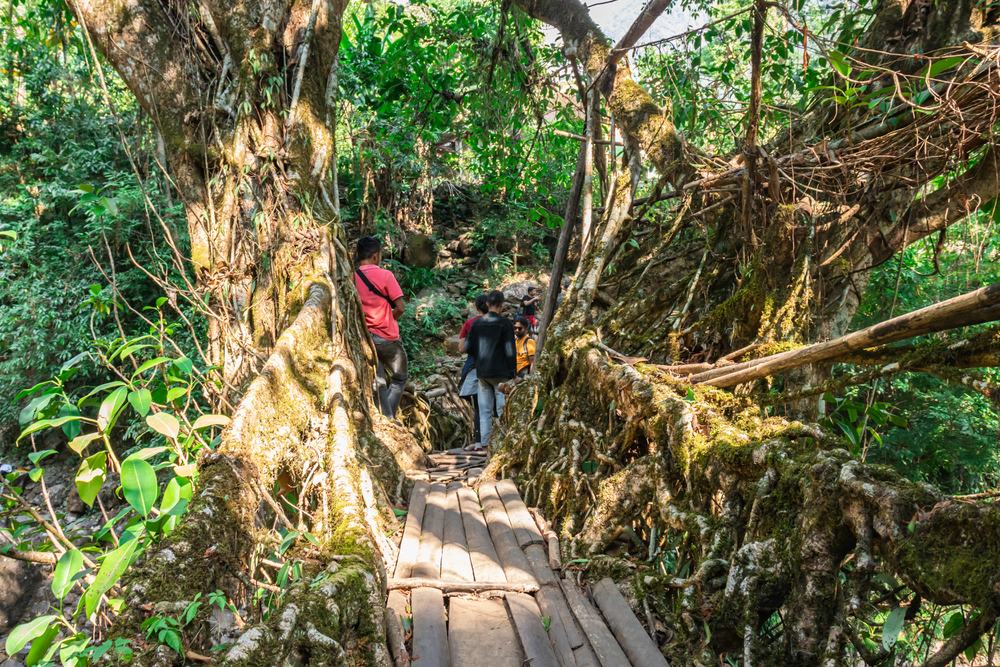
In the rainforests of Meghalaya, India, indigenous Khasi people have spent generations training rubber tree roots to form living bridges across rivers and gorges. These remarkable structures grow stronger over time, with some bridges being over 500 years old and capable of supporting dozens of people.
Changing rainfall patterns and increasing extreme weather events threaten these botanical wonders and the traditional knowledge behind their creation. Modern development and decreasing interest among younger generations also endanger this unique architectural practice.
The Underwater Forest of Lake Kaindy

A submerged forest in Kazakhstan creates an eerie underwater landscape where spruce trees still stand upright, preserved by the cold mountain water. This surreal scene was created by a landslide-triggered flood in 1911, which filled the valley and preserved the trees in their vertical position.
The crystal-clear water allows viewers to see deep into the lake, where the trees appear like natural sculptures. Climate change threatens water levels and temperature while increasing tourism brings concerns about water quality and preservation.
Like Travel Pug’s content? Follow us on MSN.
The Stone Forest of Madagascar
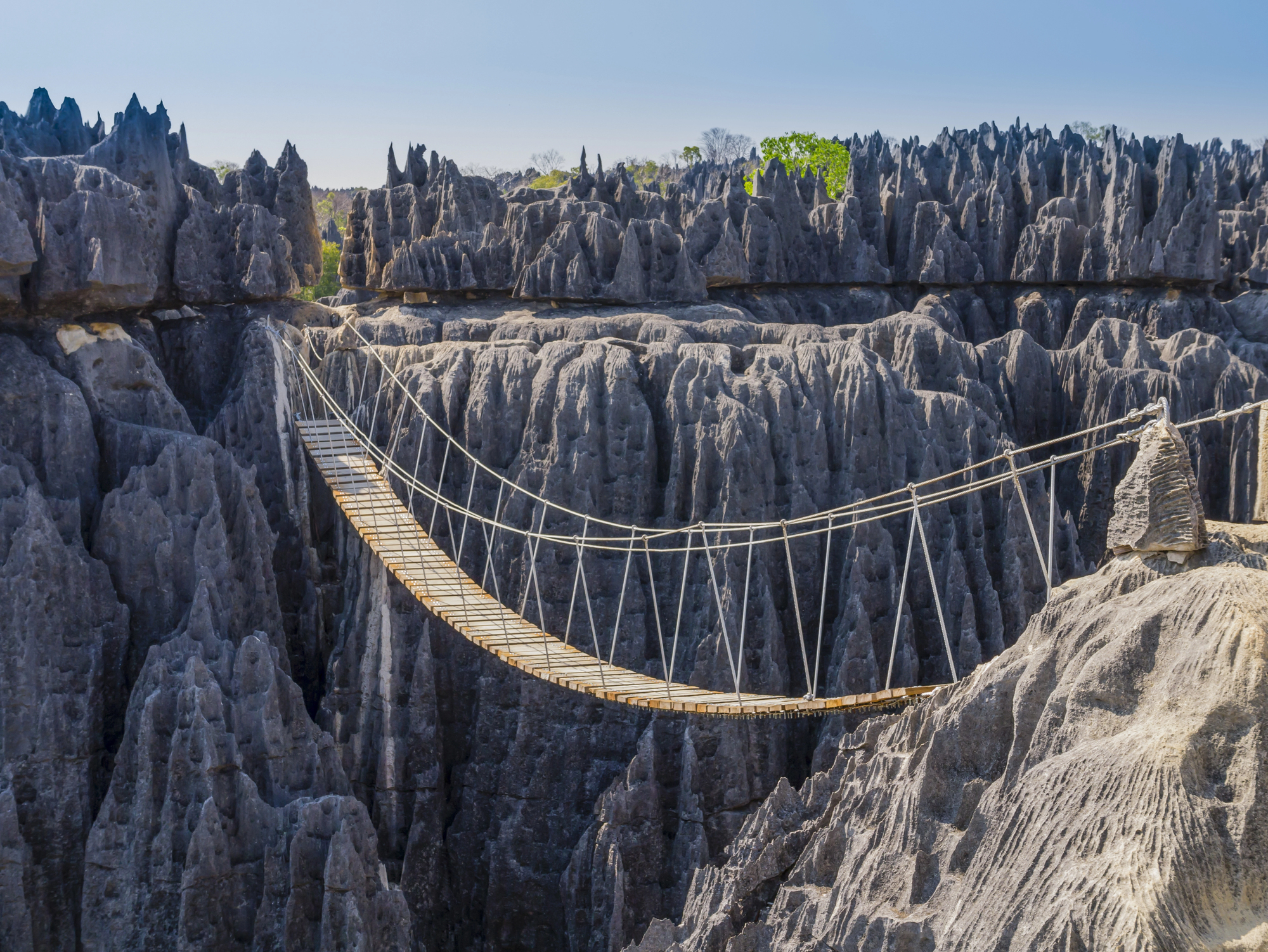
The Tsingy de Bemaraha presents a forest made entirely of limestone needles, creating a nearly impenetrable maze of sharp rock formations. These stone blades were carved by centuries of rainfall dissolving the limestone, creating a unique ecosystem that harbors species found nowhere else on Earth.
Changing rainfall patterns affect the ongoing formation of these structures, while increased accessibility brings new preservation challenges. Local communities work to balance conservation with sustainable tourism development.
The Blue Fire Crater
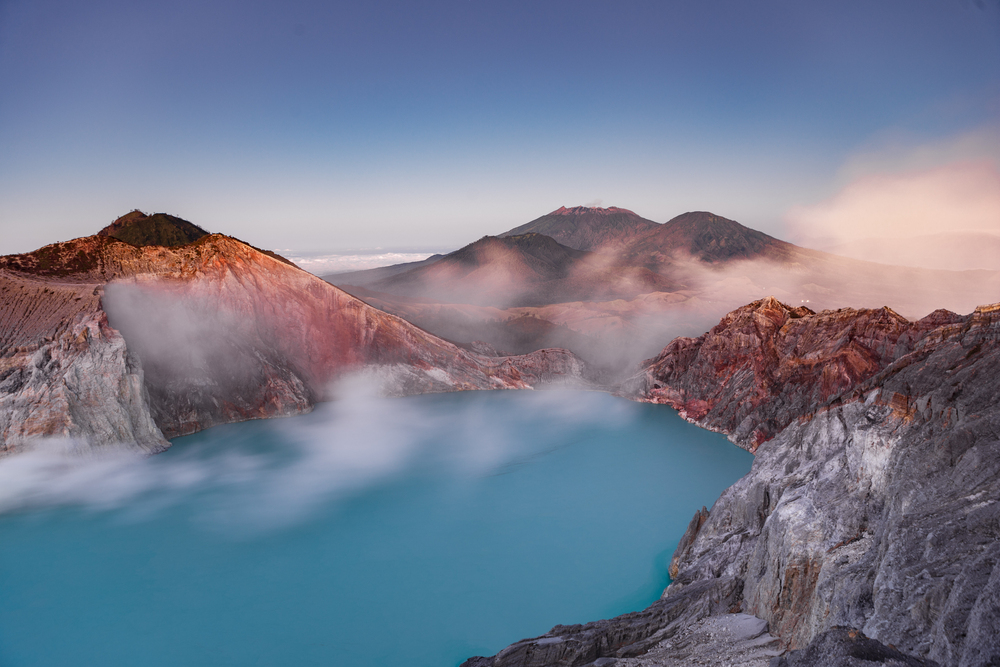
Indonesia’s Kawah Ijen crater produces electric-blue flames that light up the night, created by sulfuric gases igniting as they emerge from fissures in the rock. Traditional sulfur miners still work in these hazardous conditions, collecting yellow sulfur blocks by hand as they have for generations.
Volcanic activity and gas emissions continue to change the crater’s appearance and accessibility. Scientists monitor these changes while working to protect both the natural phenomenon and the mining community’s livelihood.
The White Desert
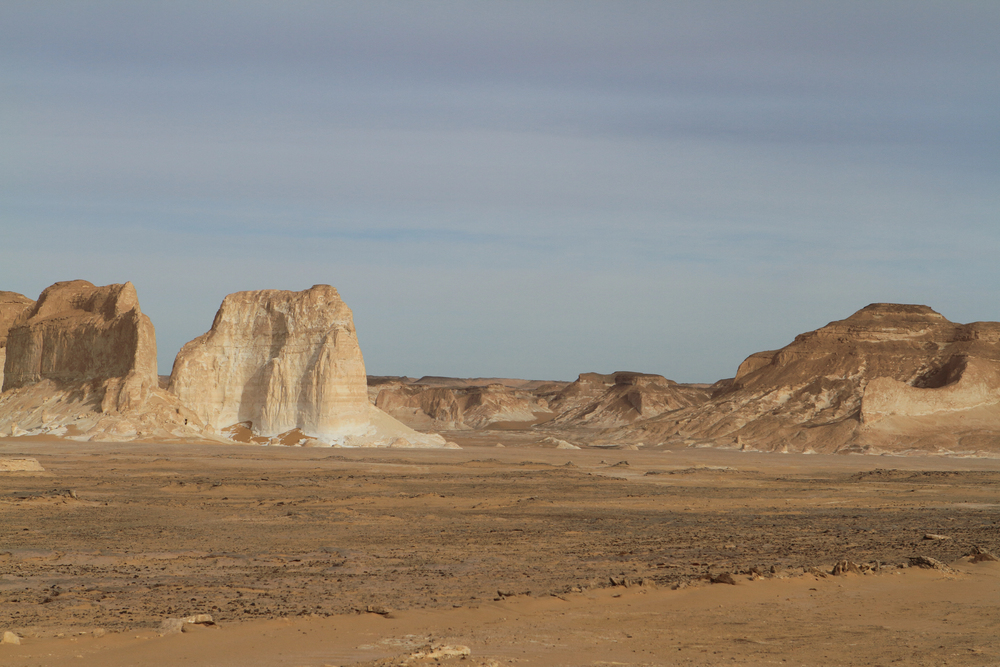
Egypt’s Western Desert features massive chalk formations sculpted by occasional sandstorms into shapes resembling huge mushrooms and other surreal figures. These stunning white sculptures stand in stark contrast to the golden sand, creating an almost lunar landscape.
Wind erosion continues to reshape these formations while increasing desert tourism brings new preservation challenges. Local Bedouin guides share ancient knowledge about navigating and protecting this delicate ecosystem.
Like Travel Pug’s content? Follow us on MSN.
The Dancing Forest
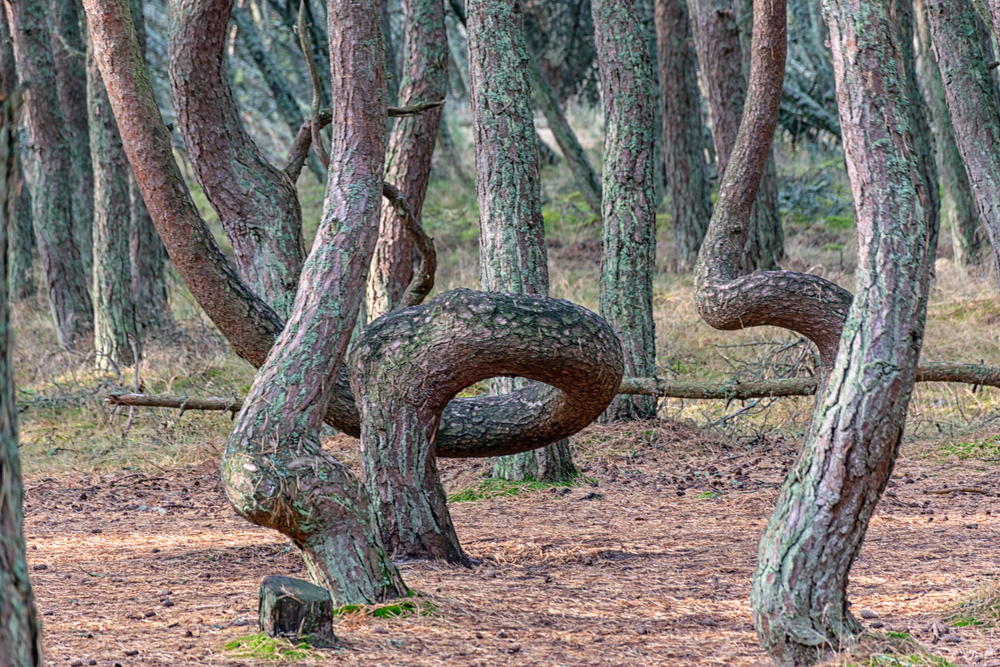
On Russia’s Curonian Spit, a mysterious forest of twisted pine trees creates spiral patterns that seem to dance across the landscape. Scientists debate the cause of these unusual growth patterns, ranging from gravitational forces to insect activity.
These twisted trees face threats from coastal erosion and changing environmental conditions that affect new growth. Local efforts focus on preserving both the unusual trees and the traditional stories surrounding their creation.
The Rainbow Mountains of China
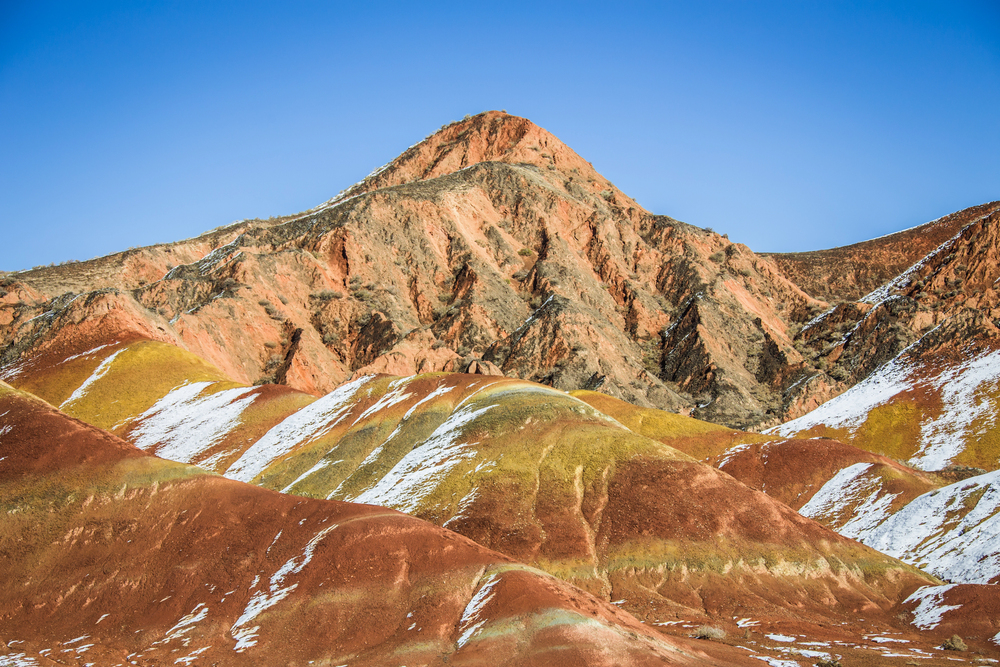
Zhangye Danxia’s striped mountains showcase layers of different colored rock deposited over 24 million years, creating a landscape that appears painted by giants. These vibrant bands were formed by mineral-rich sediments laid down in different environmental conditions over millennia.
Erosion continues to expose new patterns while wearing away existing formations. Increasing tourism infrastructure development threatens to alter the natural viewing experience of this geological wonder.
The Spotted Lake
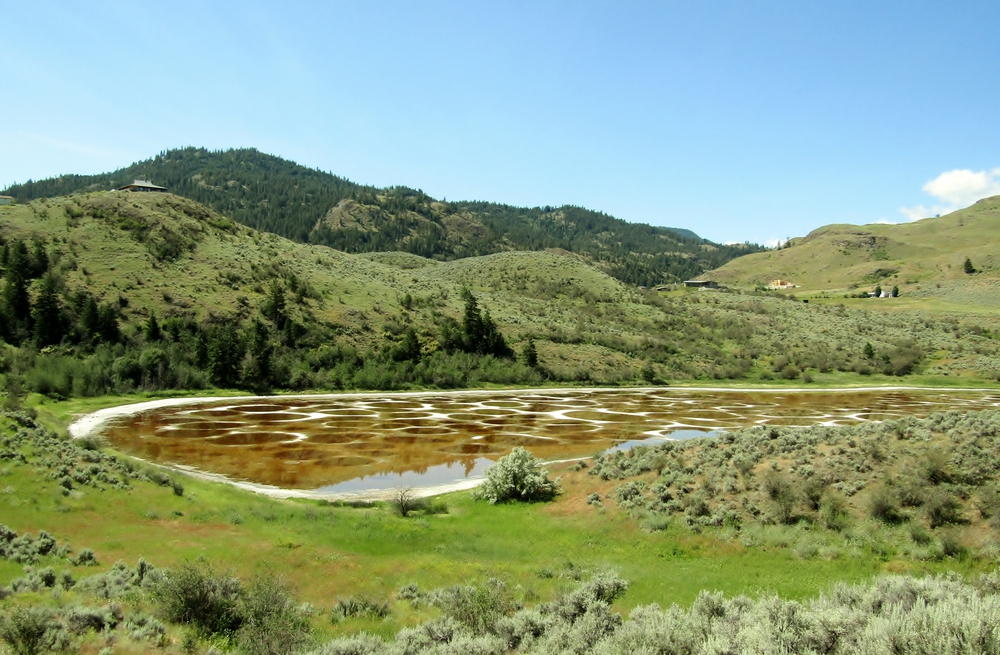
During summer months, Canada’s Spotted Lake reveals a polka-dot pattern of mineral-rich pools, each displaying different colors based on their unique mineral composition. This sacred site has been used for healing by indigenous peoples for thousands of years.
Changing precipitation patterns affect the lake’s annual transformation, while mineral content shifts impact pool formation and coloration. Local First Nations communities work to protect both the physical landscape and its cultural significance.
Like Travel Pug’s content? Follow us on MSN.
The Glass Beach
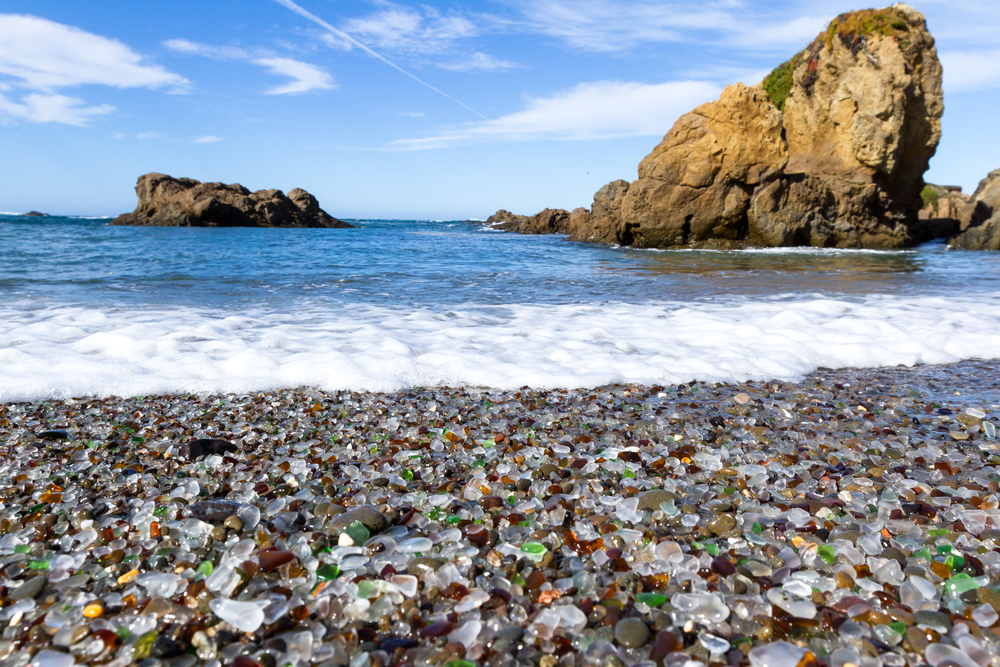
Years of dumping glass waste along California’s coast created an unexpected wonder as ocean waves transformed broken bottles into smooth, colorful pebbles that now carpet the beach. Nature’s power to transform human waste into beauty offers both warning and hope for environmental recovery.
Ironically, the beach faces depletion as visitors collect the glass pebbles as souvenirs. Conservation efforts focus on preserving this unique example of accidental environmental art.
The Blood Falls
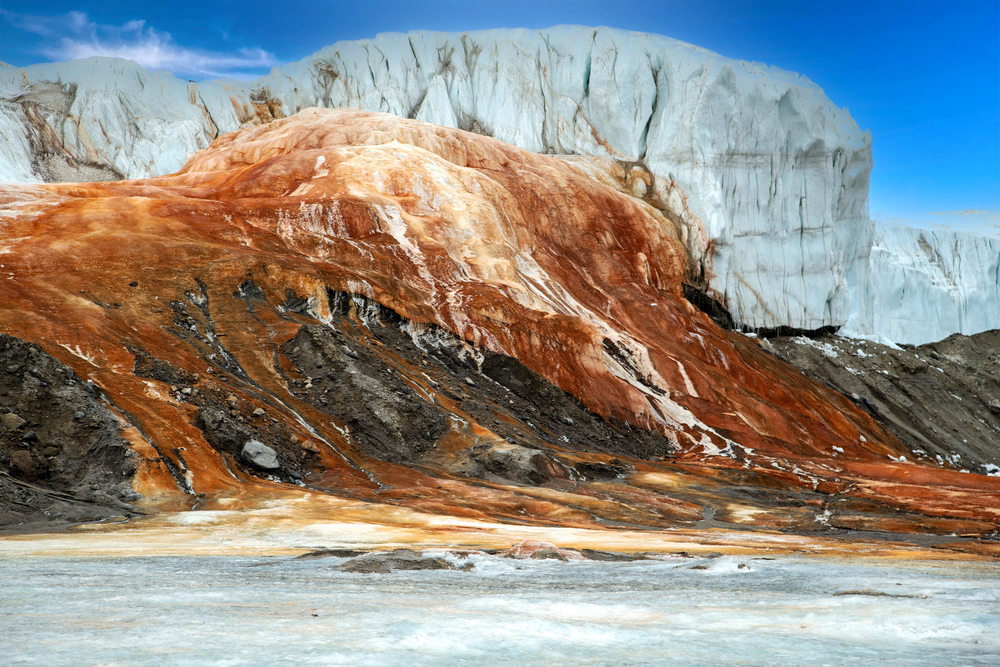
Antarctica’s Taylor Glacier releases iron-rich water that appears to bleed onto the white snow, creating a striking crimson cascade. This unusual phenomenon comes from an ancient saltwater lake trapped beneath the glacier for millions of years.
Scientists study this unique ecosystem for insights into possible life on other planets. Rising temperatures threaten the glacier’s stability and the microorganisms that create this spectacular display.
The Glowing Beach
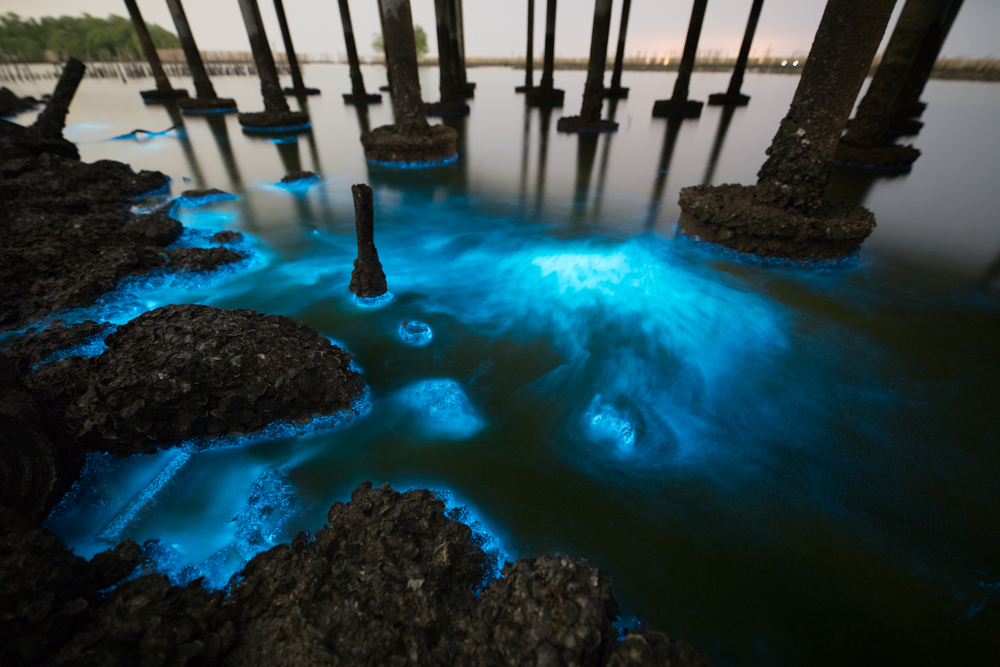
On the Maldives’ Vaadhoo Island, bioluminescent phytoplankton creates the appearance of a sea of stars along the shoreline at night. These tiny organisms produce light when disturbed by waves or movement, creating a magical natural light show.
Rising ocean temperatures and changing water conditions threaten these sensitive marine organisms. Local communities work to protect water quality while sharing this phenomenon with visitors.
Like Travel Pug’s content? Follow us on MSN.
The Painted Desert
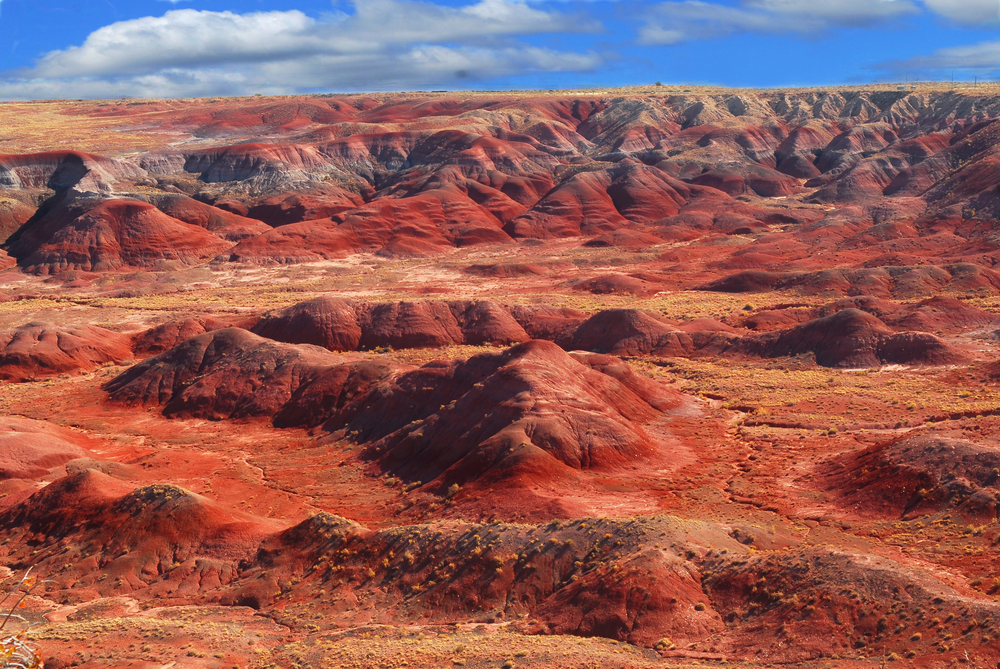
Arizona’s Petrified Forest National Park showcases ancient logs transformed into rainbow-colored stone scattered across a landscape of striped badlands. These fossilized trees provide a window into prehistoric forests that existed over 200 million years ago.
Wind and water erosion continue to expose new specimens while wearing away others. Park rangers battle ongoing challenges with petrified wood theft and preservation.
The Crooked Forest
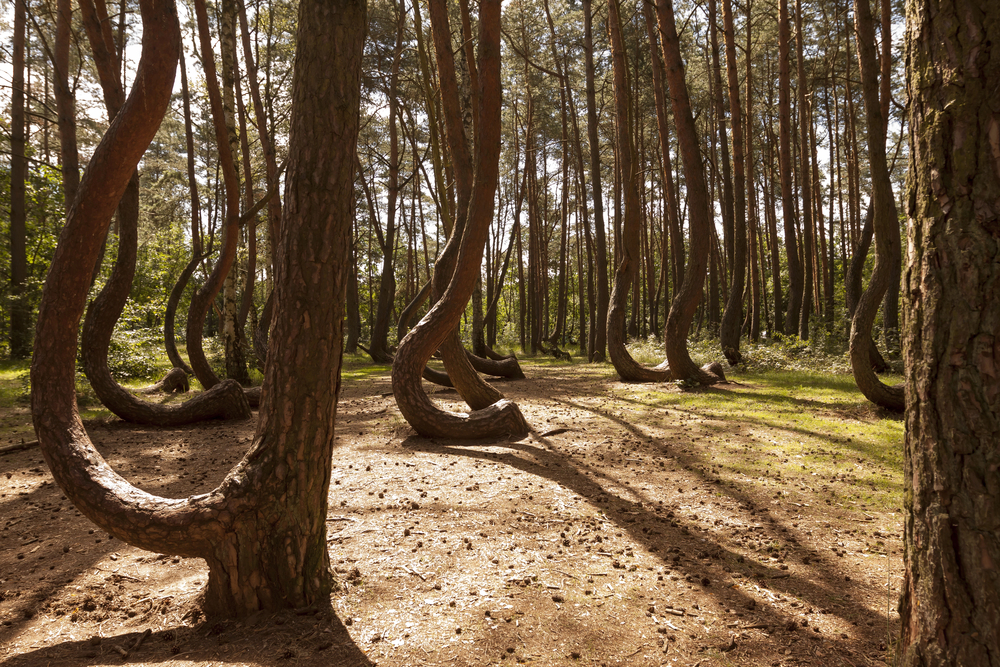
In Western Poland, a grove of oddly curved pine trees creates a mysterious woodland that seems drawn from a fairy tale. All 400 trees share the same distinctive J-shape curve at their base, planted around 1930 for unknown purposes.
The forest faces pressure from development and changing environmental conditions that affect pine tree health. Local preservation efforts aim to protect this unique site while its origin story remains debated.
The Marble Caves
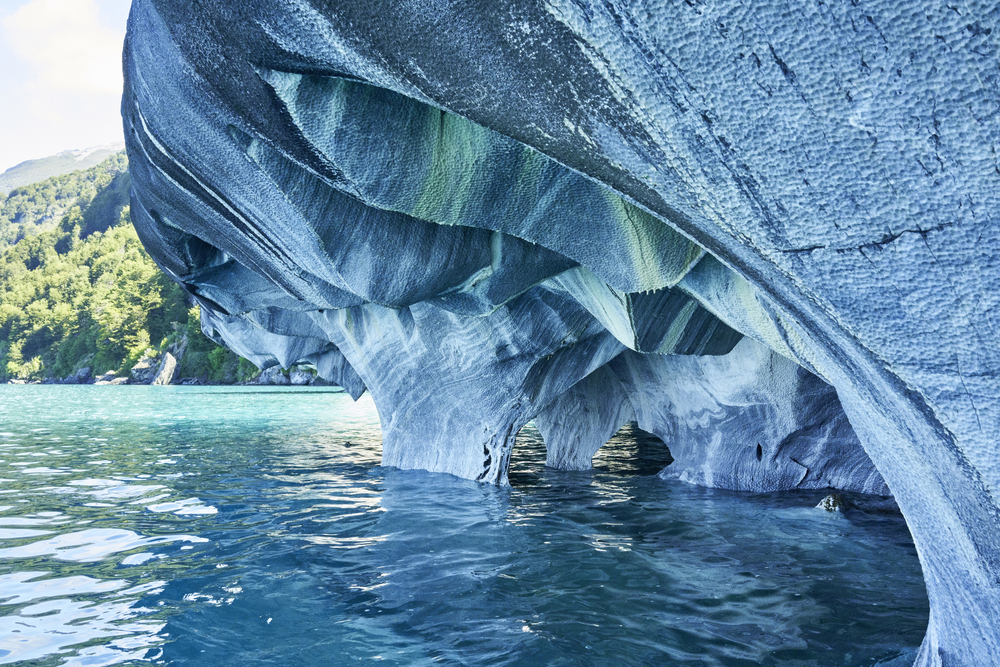
Patagonia’s Lake General Carrera houses caves carved into marble; their walls swirled with blue patterns reflected from the glacial water. These caves formed over 6,000 years ago as waves gradually eroded the marble, creating smooth, color-changing chambers.
Water level changes affect both access to the caves and their famous color displays. Increasing tourism brings challenges to preserving these delicate formations.
Like Travel Pug’s content? Follow us on MSN.
Earth’s Stunning and Changing Landscapes

Our planet’s most extraordinary landscapes serve as more than just beautiful backdrops for travel photos – they’re windows into Earth’s remarkable processes and reminders of nature’s artistic power. Many of these sites have already changed dramatically within living memory, while others face uncertain futures as environmental conditions shift and human impact increases.
Visiting these places responsibly not only creates unforgettable memories but also helps support local communities and conservation efforts working to protect these wonders. As these landscapes continue to change and evolve, our appreciation and protection of them becomes increasingly vital. After all, future generations deserve the chance to stand in awe before these remarkable places, just as we do today.
More from Travel Pug

- 15 Dangerous European Cities to Avoid
- 15 Caribbean Islands Where Tourists Keep Getting Scammed
- The 20 Most Fascinating Abandoned Places: A Journey Through Time and Forgotten Spaces
- 15 Hidden Places in the Smithsonian Museums Locals Love: A Guide to Lesser-Known Treasures
- 16 Hidden Florida Beach Towns That Aren’t Overrun with Tourists
Like Travel Pug’s content? Follow us on MSN.
